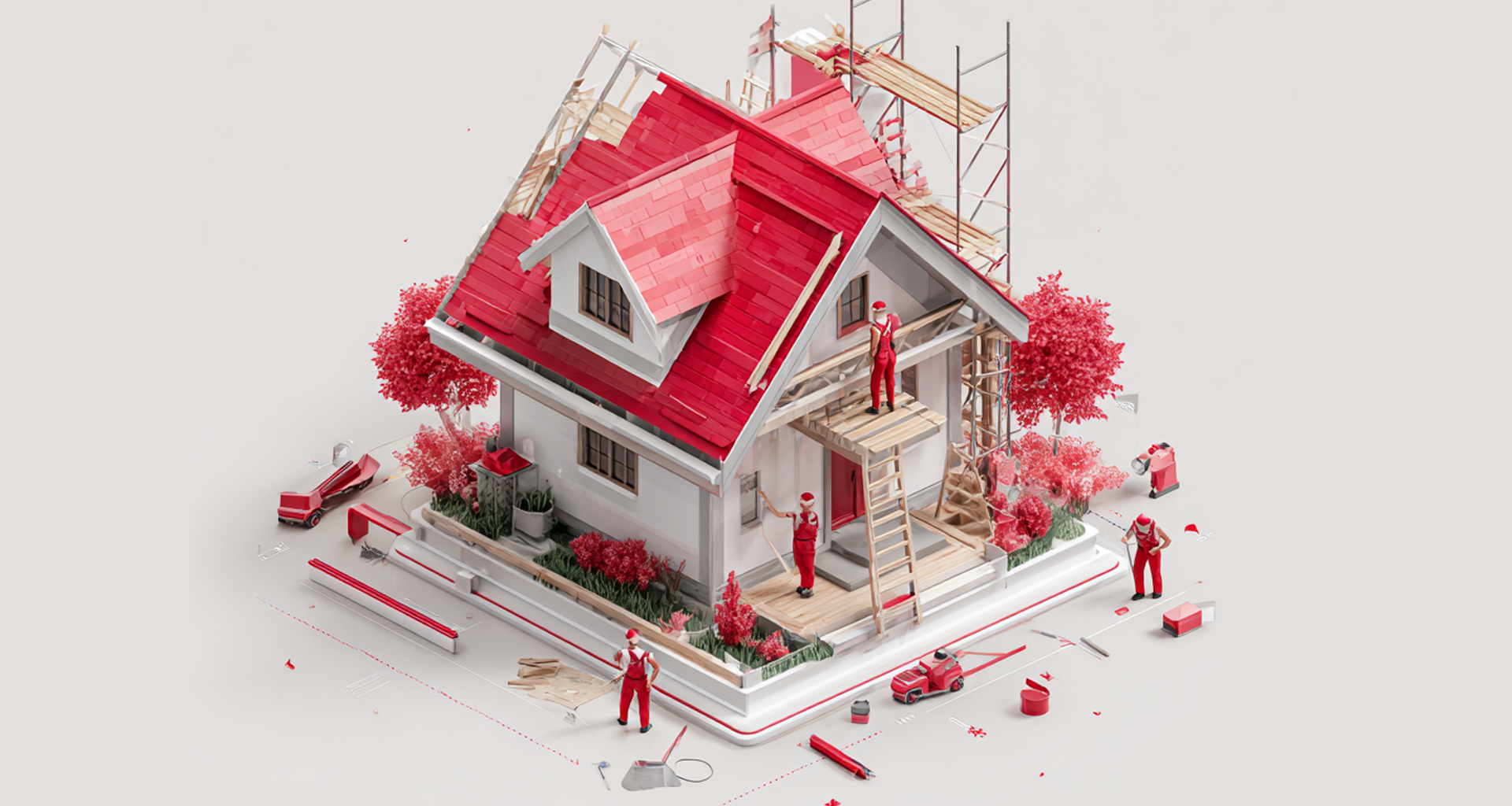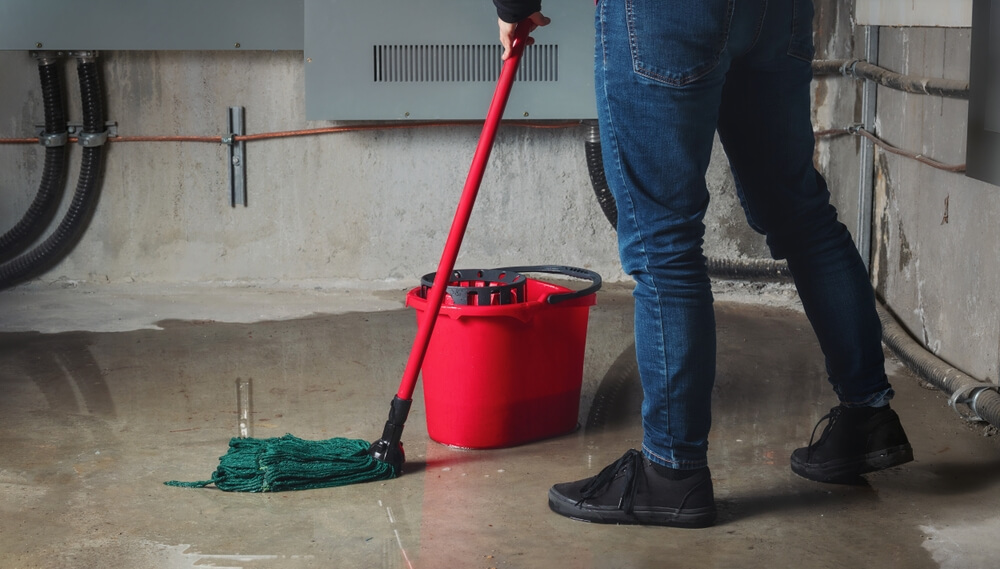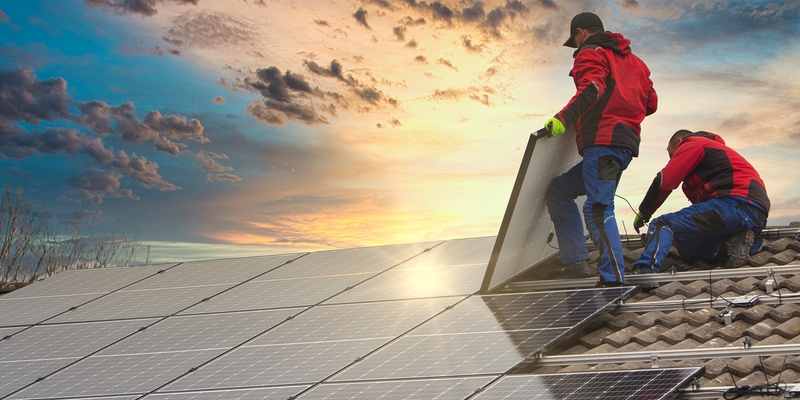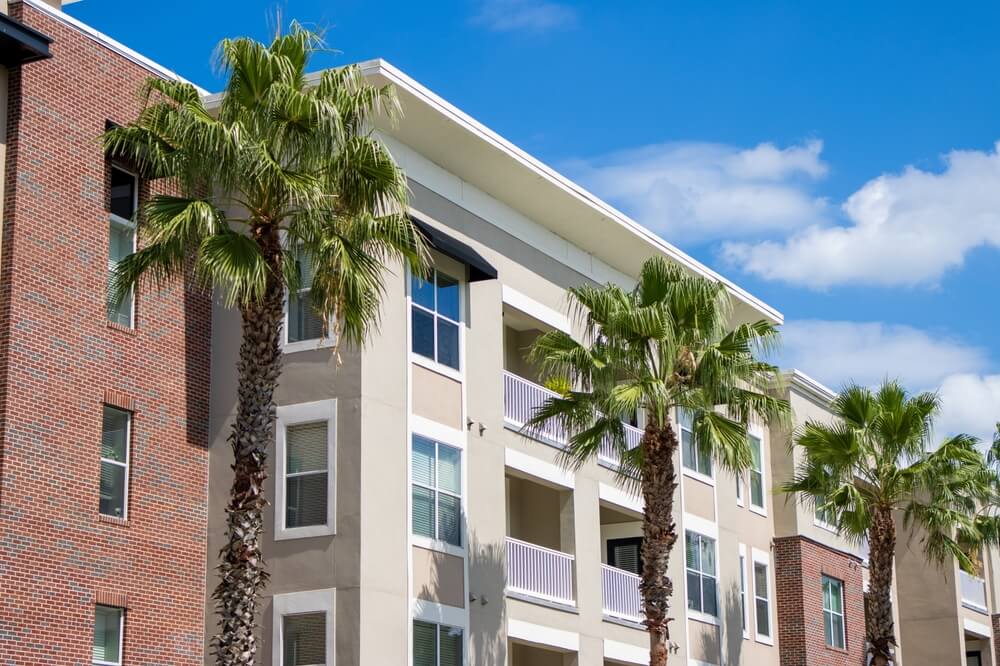
If you are not redirected within 30 seconds, please click here to continue.
Samedi: 10h – 16h HAE

If you are not redirected within 30 seconds, please click here to continue.
If you are not redirected within 30 seconds, please click here to continue.
As the climate changes, check these home insurance blind spots
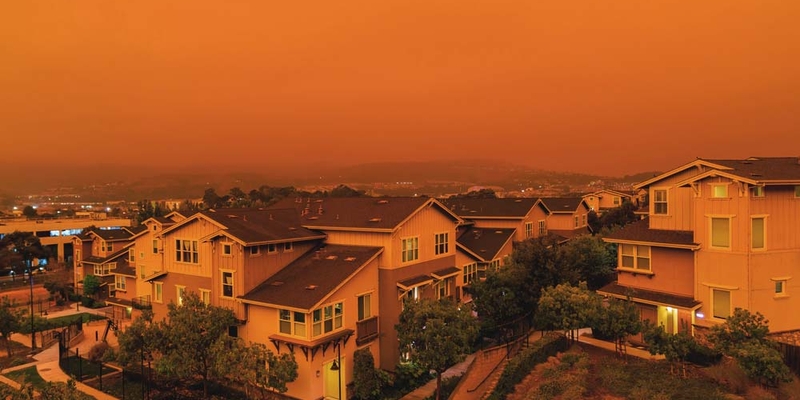
The impact of climate change pervades across the country, from events like the British Columbia wildfires to record-breaking rainfalls in Ontario, melting polar ice caps in the northern territories, and rising sea levels on the east coast. These increasingly severe weather events are adding up to more claims for home insurance providers.
While you can’t control the weather, and there’s only so much you can do to fight climate change individually, you can protect your home from environmental damage and hopefully avoid having to make a home insurance claim in the process.
The following home insurance blind spots might be things you’ve never considered or, perhaps, have been putting off. Regardless, now is the time to update your policy and make changes around your property to ensure you have the right coverage if a climate change-related natural disaster occurs.
Blind spot #1: Water
One of the biggest sources of claims — and the most important climate change factor you should consider — is dealing with water around your home.
Firstly, ensure that any water drains far away from your home to avoid a water damage claim. This might mean grading your property so that water runs away from the foundation or installing a product like downspout extenders.
Another solution to consider is adding an overland flood endorsement to your home or renter’s insurance to ensure you have the proper coverage in the event of a flood. Most homeowners likely assume their standard coverage is enough to cover flood damage, but that’s often not the case.
While most policies offer coverage for water damage from sewer backups or burst pipes, they commonly exclude losses caused by overland floods, which is when floodwaters flow from an outside source onto dry land, causing water damage. You’ll need to purchase an overland flood endorsement for dedicated flood protection in most instances. The two most common causes of overland flooding are snowmelt and rainstorms.
Consider the following two upgrades to manage water within the home:
- Install a backwater valve or sump pump in the basement. As a bonus, many insurance providers also offer a discount for the upgrade.
- Install smart water detectors. These devices alert homeowners when water seeps into the home. Again, this could earn you a discount on your policy.
Blind spot #2: Wildfires
In most cases, fire coverage is part of a standard home insurance policy and covers fires related to natural disasters, such as wildfires and lightning strikes. However, wildfire coverage might not be automatic, carrying an additional fee depending on your location.
Often, insurance providers help policyholders mitigate their risks to prevent customers from incurring damage and making claims. In some municipalities, residents pay fees for fire service in addition to their property taxes. The good news is that most insurance companies have some provision for paying these costs — that way you’re not left with a hefty bill should you require the services of your local fire department.
It could be worth speaking to your insurance provider to see if they offer this type of coverage. Additionally, research has found that clearing just five feet of vegetation around the house can halve the risk of the home being destroyed by a wildfire.
Blind spot #3: Earthquakes
While the latest research shows that weather events themselves are not capable of causing an earthquake, there has been some correlation observed between climate change and small-scale earthquakes.
Most earthquakes are felt on the west coast of Canada, but they can happen across the country. Most home insurance policies don’t cover earthquakes, so it’s worth speaking to your insurance provider about adding additional coverage if you live in an area prone to seismic activity.
Blind spot #4: Winter weather
Ice storms in Ontario and Quebec in 1998 caused $1.3 billion in losses for the insurance industry. These regions were hit again in 2013. Damage from these types of events is usually covered under your standard policy, but there are a couple of things you can do to reduce the likelihood of filing a claim.
First, consider upgrading your roof to impact-resistant materials, especially if you live in a hail zone. Second, regularly inspect any large trees around your home, and prune weak or dead branches that could cause damage as a result of an ice storm or strong winds.
Finally, avalanches are unique natural disasters that aren’t always covered under typical home insurance policies. Your best bet is to speak to your provider if you live in an area where it might be an issue, as it could be available for an additional fee.
While you can’t control the weather, there are steps you can take when it comes to climate change and home insurance blind spots. Making even one or two of the changes above could significantly impact your policy, offering the protection you need in the event of a natural disaster. And if you do have to make a claim and your premium goes up as a result, don’t forget to compare home insurance rates to make sure you’re still getting the lowest rate for your needs.
Don't waste time calling around for home insurance
Use RATESDOTCA to shop around and compare multiple quotes at the same time.
Finding the best home insurance coverage has never been so easy!
Get money-saving tips in your inbox.
Stay on top of personal finance tips from our money experts!


